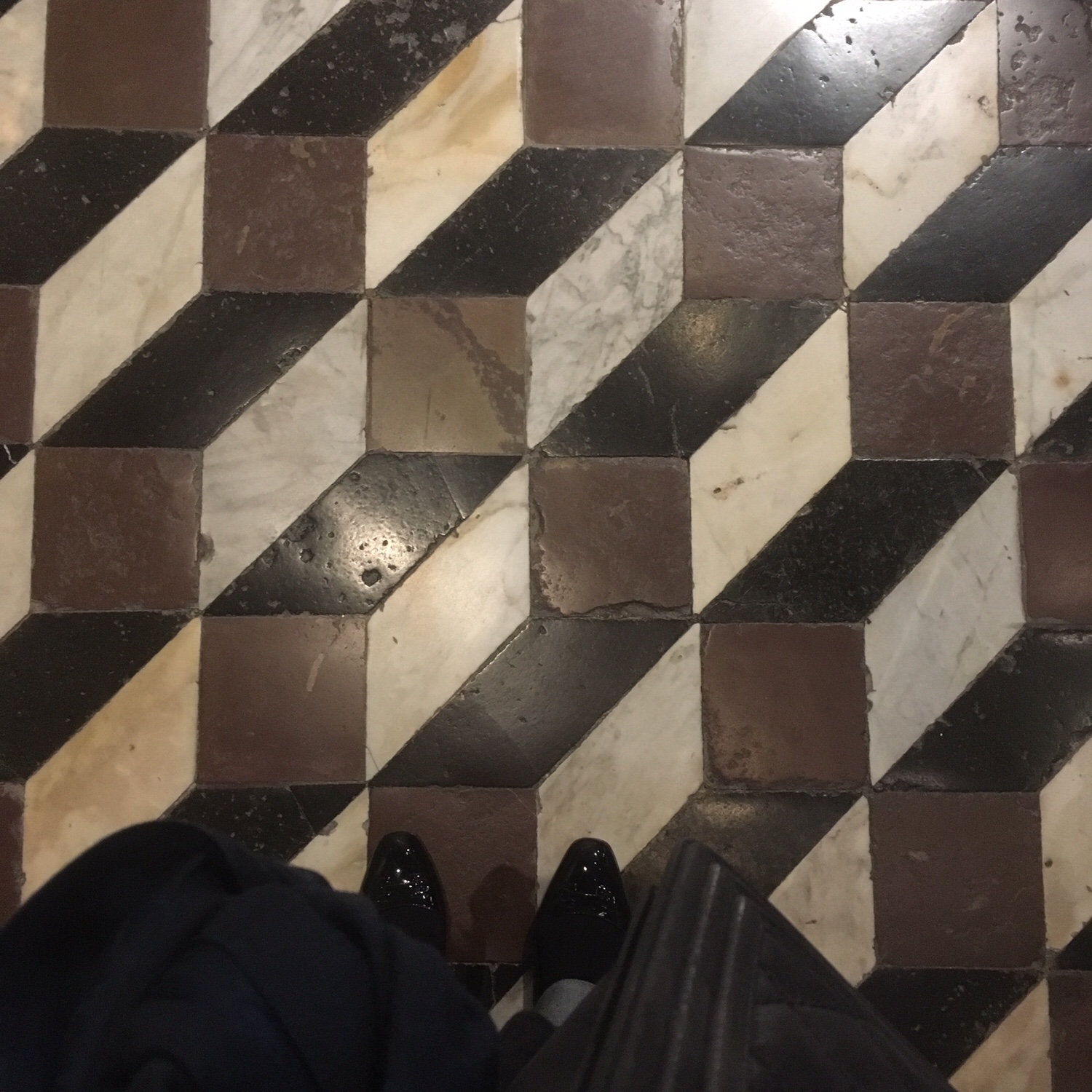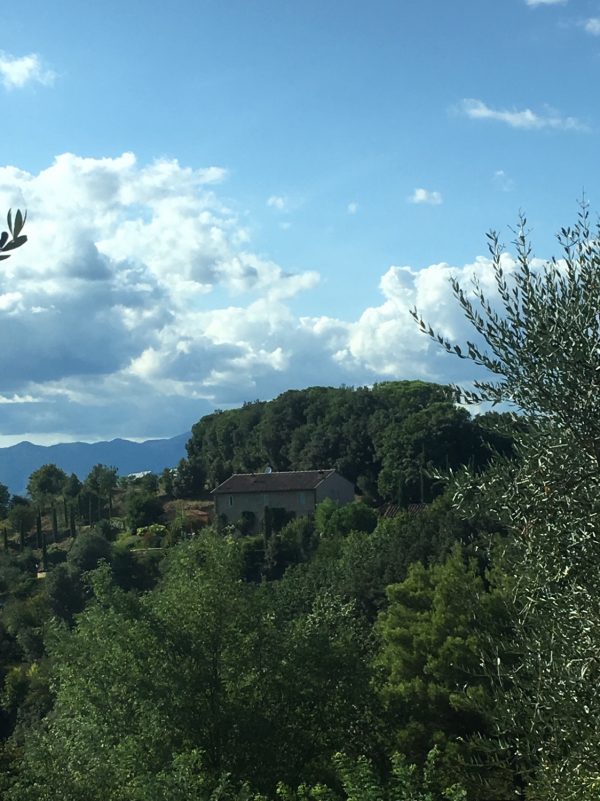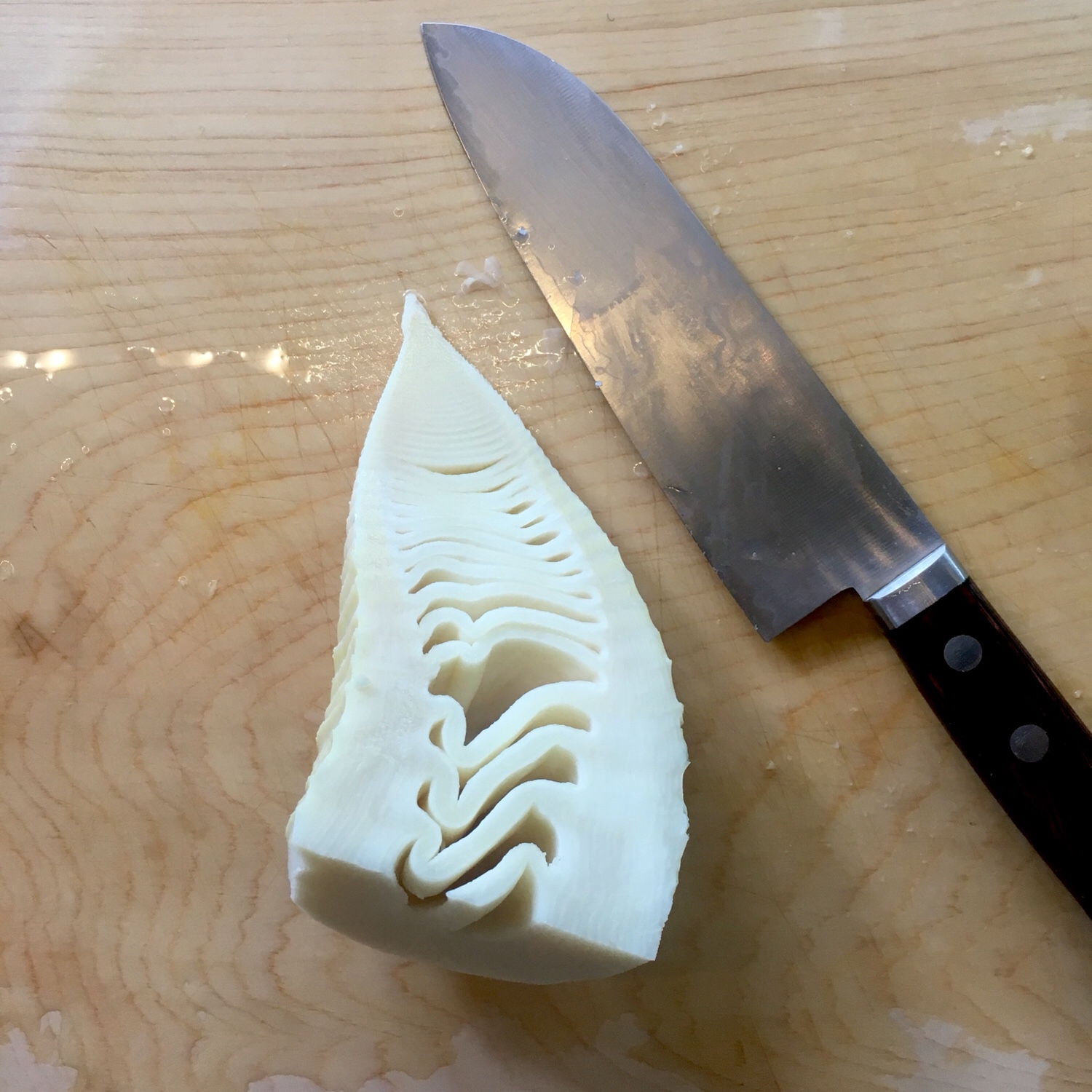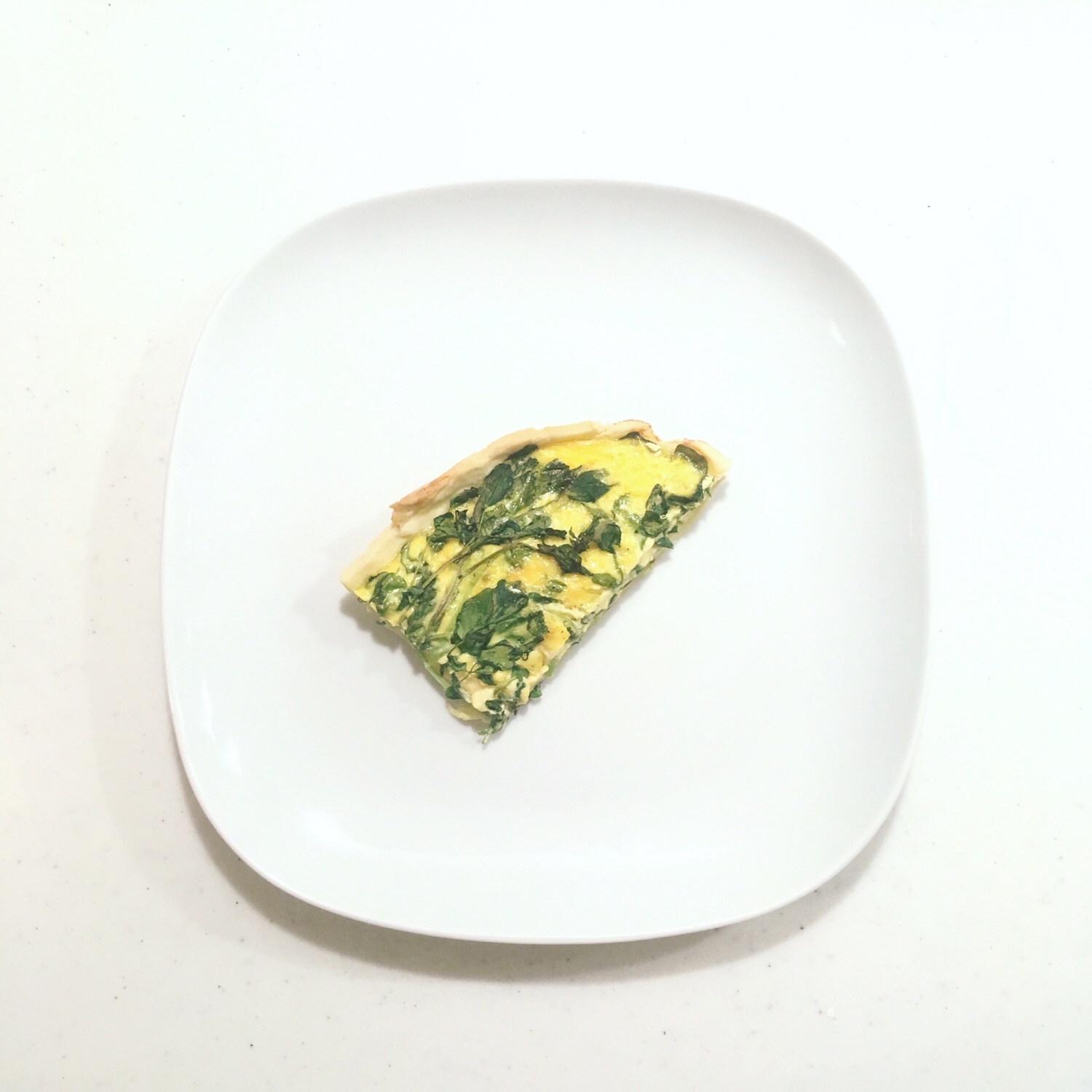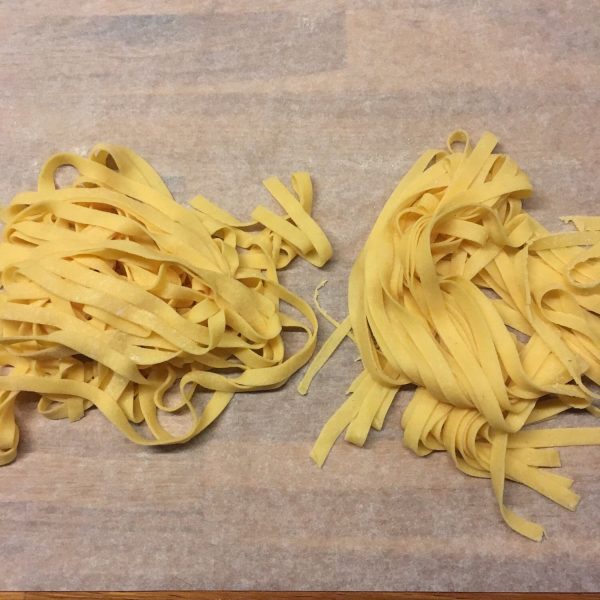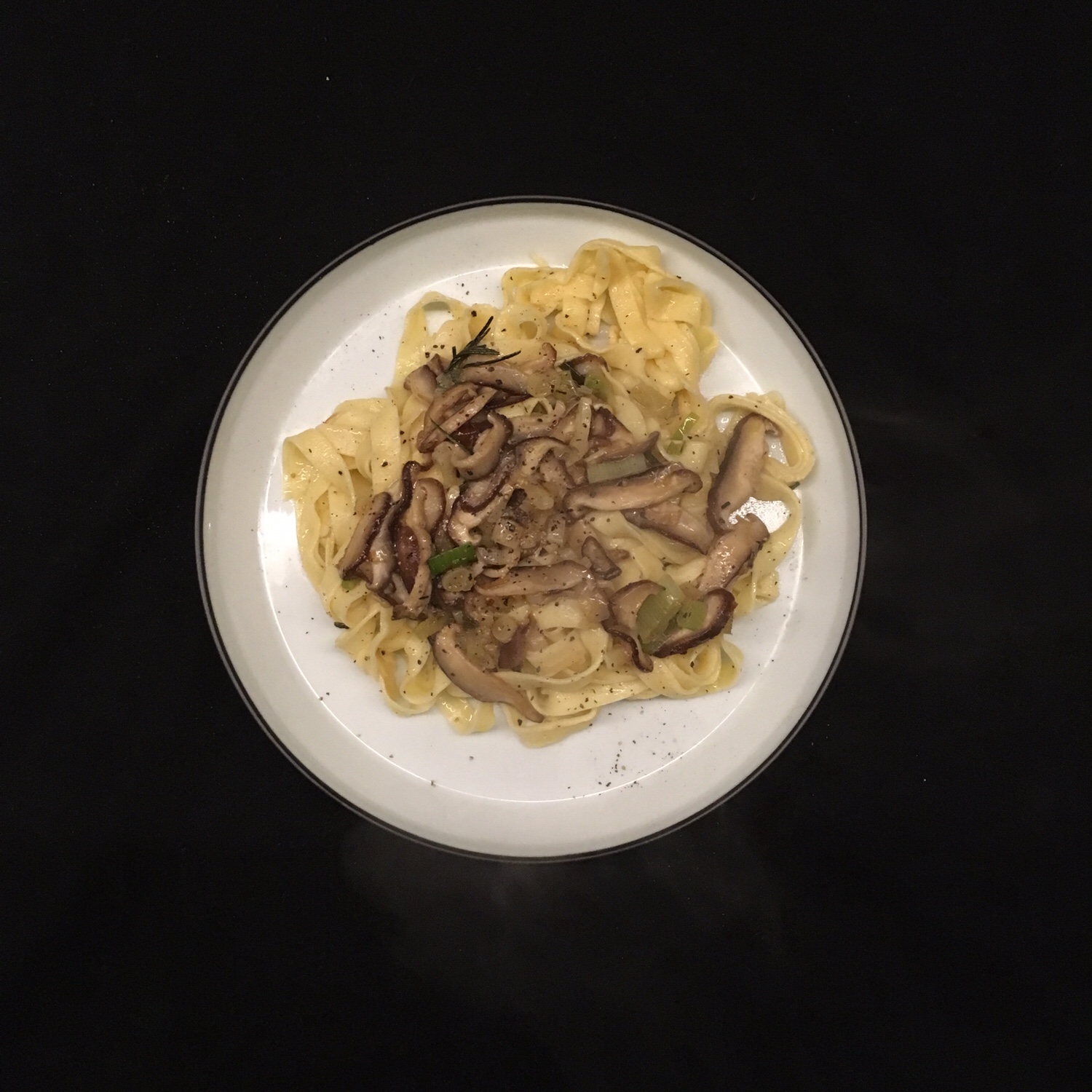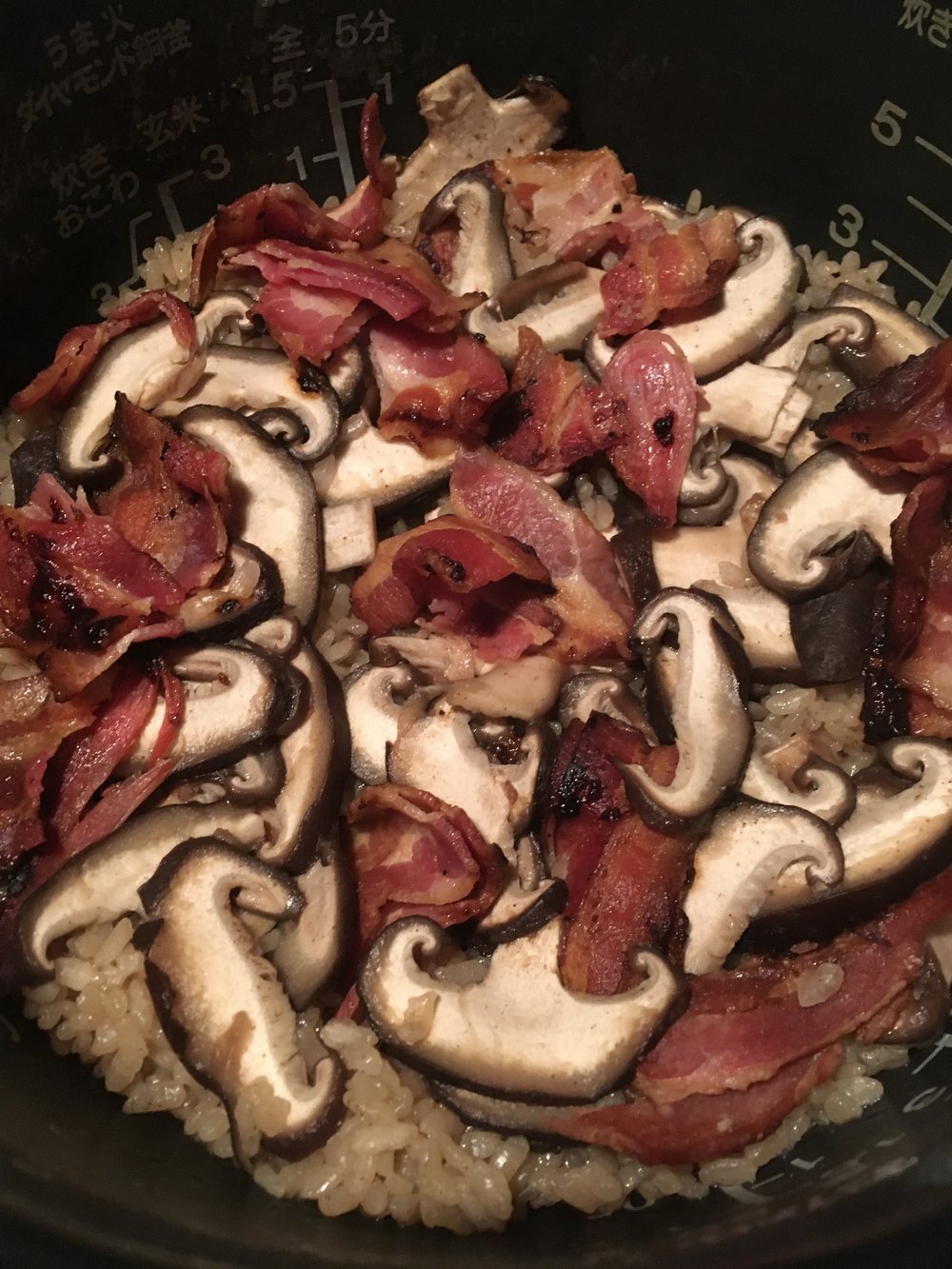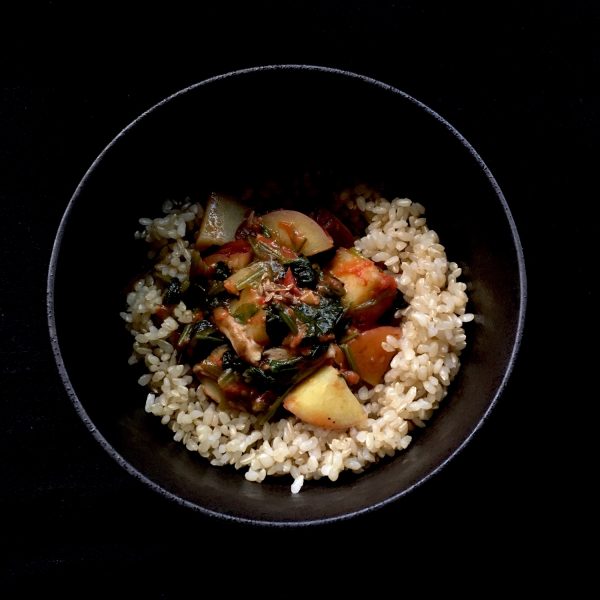Well… I’m just back to Tokyo after spending one week in Tuscany, one beautiful week.
It was A. 5th trip and my third in the span of 9months and now is time to share a few addresses and places I really loved.
One of my strong requirement during our trips was to have a kitchen, and for all our trips except that one we stayed in Florence downtown in a very nicely furnished and large enough appartement at the Domux home Ricasoli. The location is ideal to visit the city, go shopping at Sant’Ambrogio market, San Lorenzo market as all detailed in post on Florence. It is also close to the station and to the Duomo.
This time we wanted to avoid crowd and heat so we decided to rent a house in the countryside, something a little typical of Tuscany: a farmhouse on top of a hill. The villa I picked: villa Monterosoli (top picture) didn’t disappoint us. Remote location but still less than 1h drive from all good places and my work places, very quiet and a nice view. A pool for the morning swims, and a cat visiting, some vineyards and olive groves around.
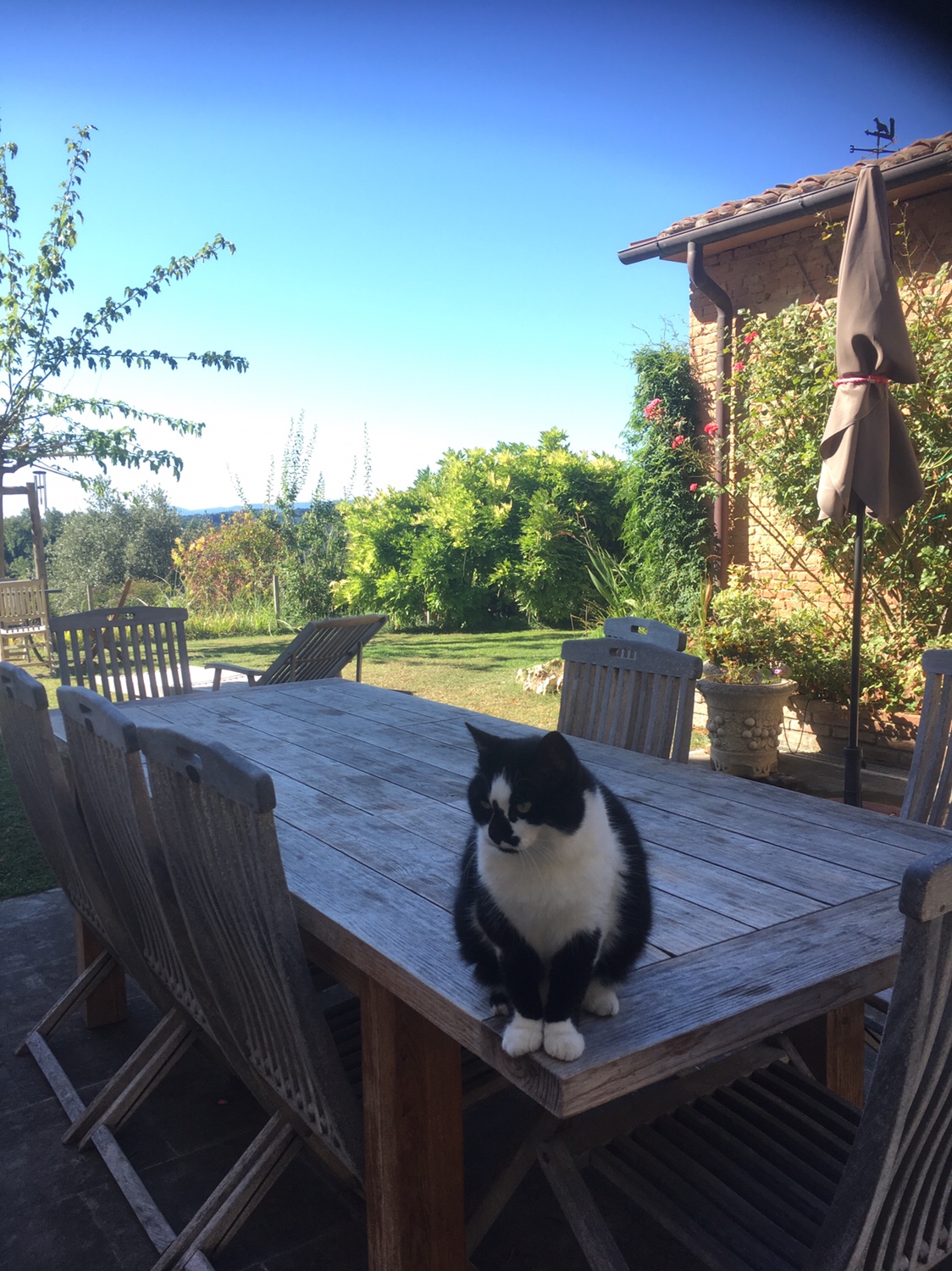
As for visiting options they are endless. I usually work in Florence and in Pisa, but there are so many options a short drive away to go for a visit for a few hours. From this summer visits I would say that San Gimignano was a great discovery, Siena’s duomo with the full pavement visible this time was amazing, and Lucca a beautiful small and lively town.
Lucca on top of its historical and classic attractions has a nice vibrant downtown with many shopping options, nice cafes, a cinema in the old villa Bottini with a broad movie selection (old and new), a contemporary art biennale which exhibited large paper sculptures in the street. It felt more crowded than the other places we visited.
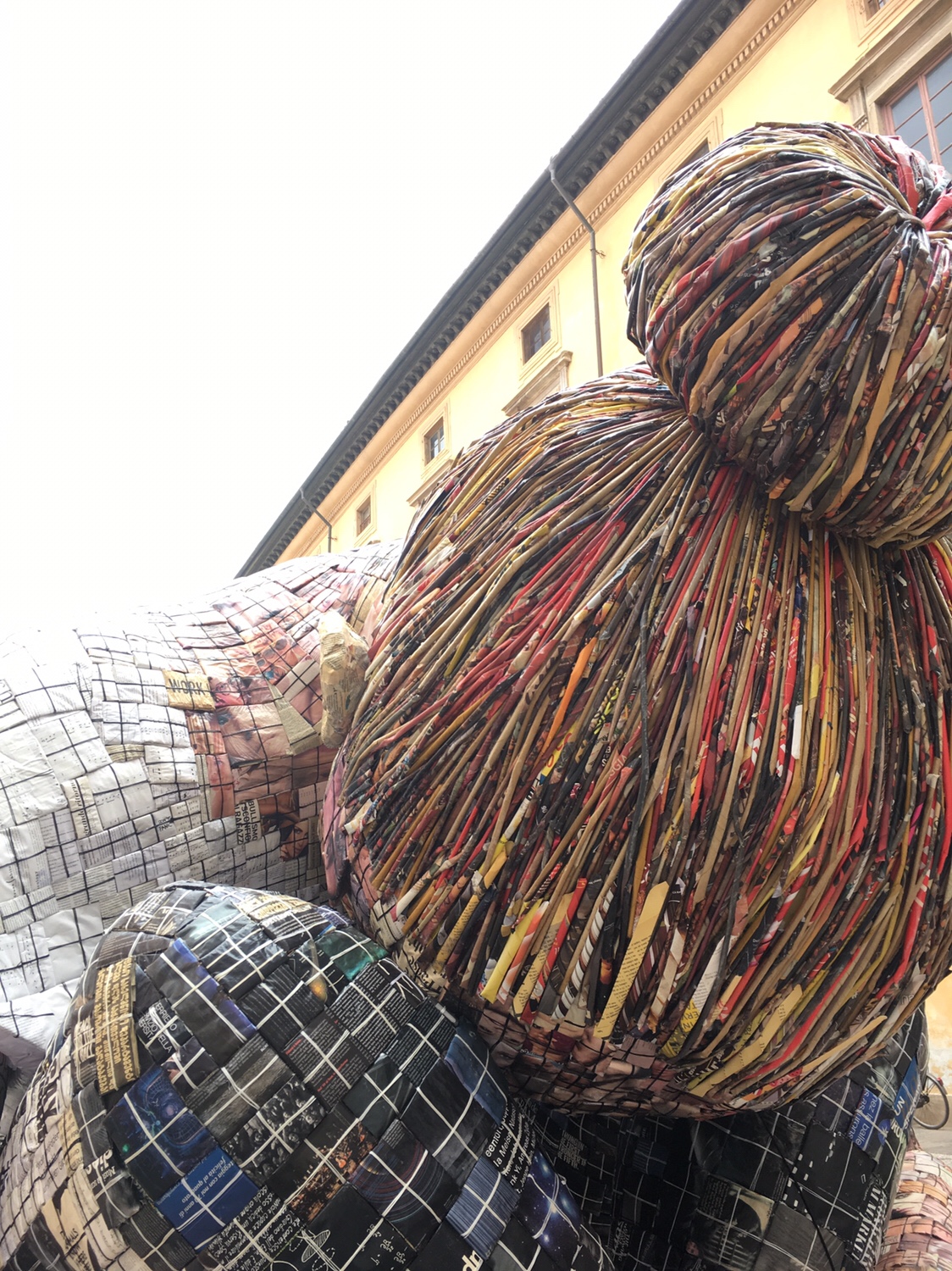
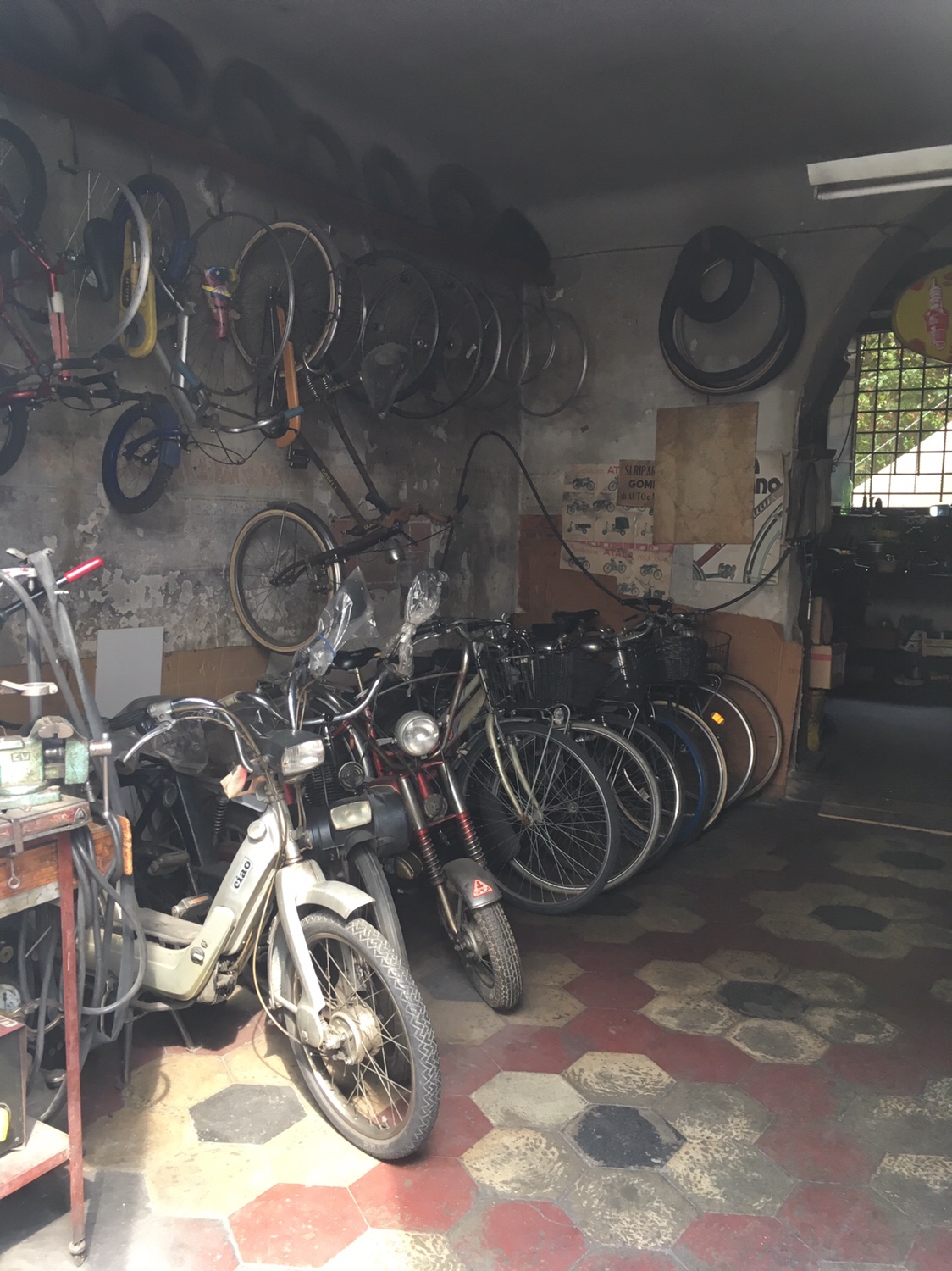
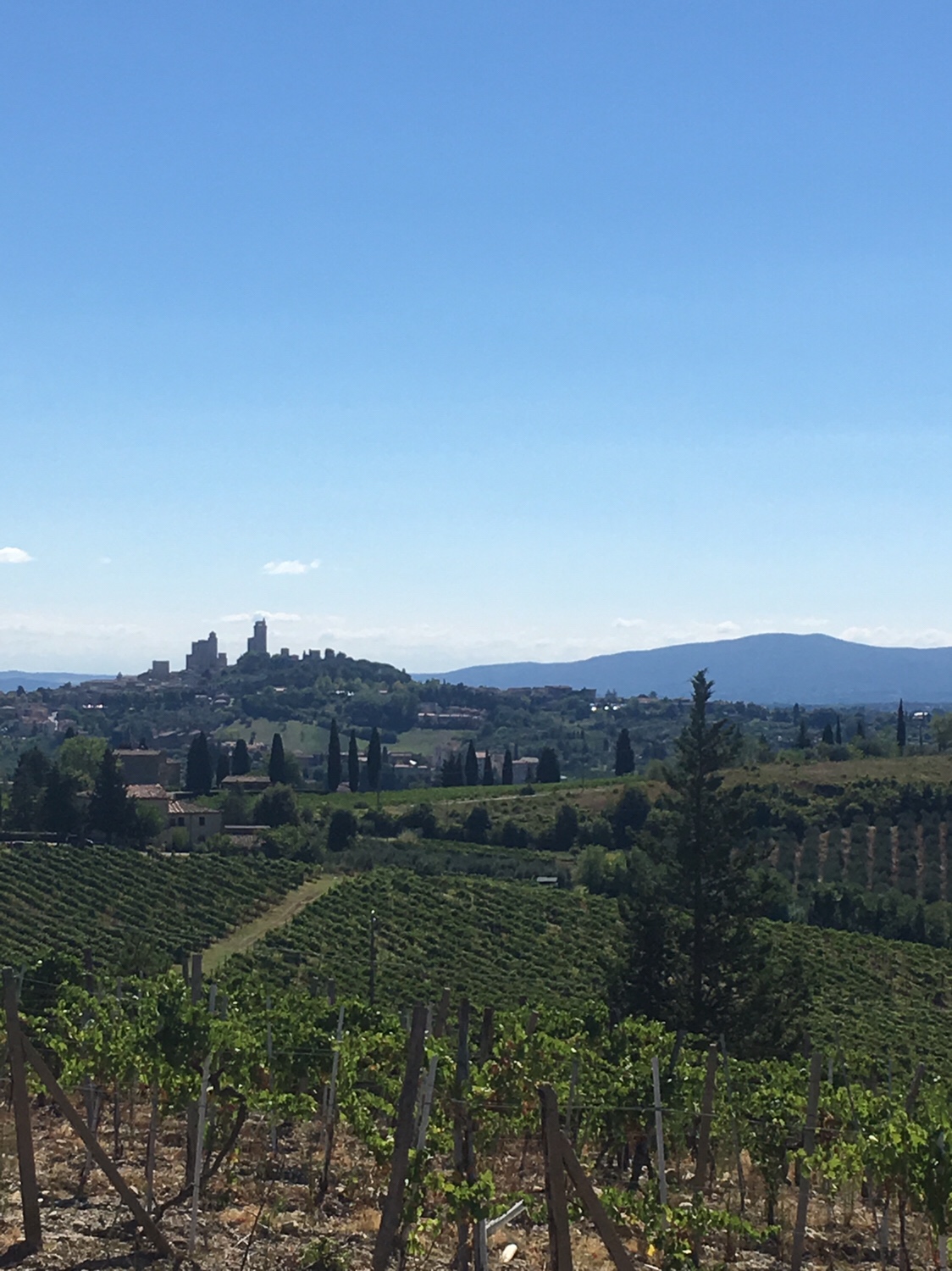
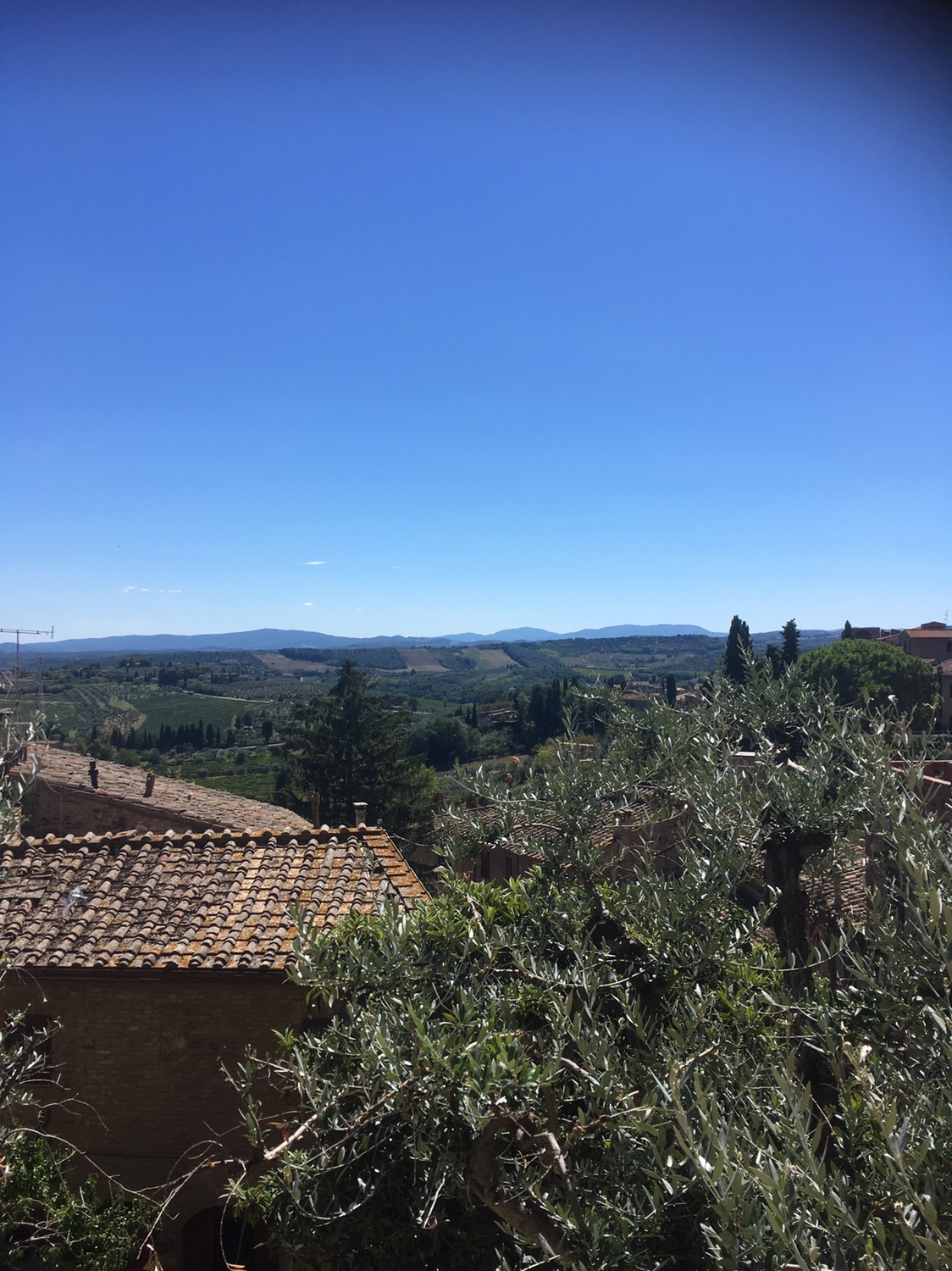
San Gimignano was a really great discovery, the scenic going there, the beautiful towers in the city, the churches with beautiful paintings, the paved streets, the view from the fortified path. Everything there was Tuscany at its top. And curiously it was not crowded!
And of course Siena was as beautiful as it was in February when we first visited. The Duomo this time had the full marble mosaics visible (only from mid-August to mid-September) and that was s great surprise. The modernity in the drawings and the beautiful scenes depicted with only white, ocre and black were really stunning.
And of course there are many other small villages to stop by on the way, to discover, to take a short walk, drink a coffee or a freshly squeezed orange juice (my favorite drink in Italy), such as Palaia, Monteriggioni, Greve in Chianti to only cite a few.
There are also the many farmers markets in the morning to go grocery shopping and discover some of the local products. Talk about that in my next post!!!
